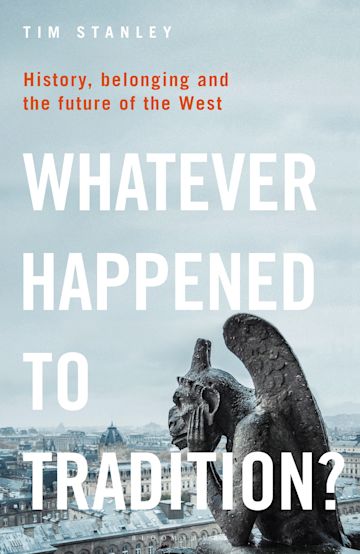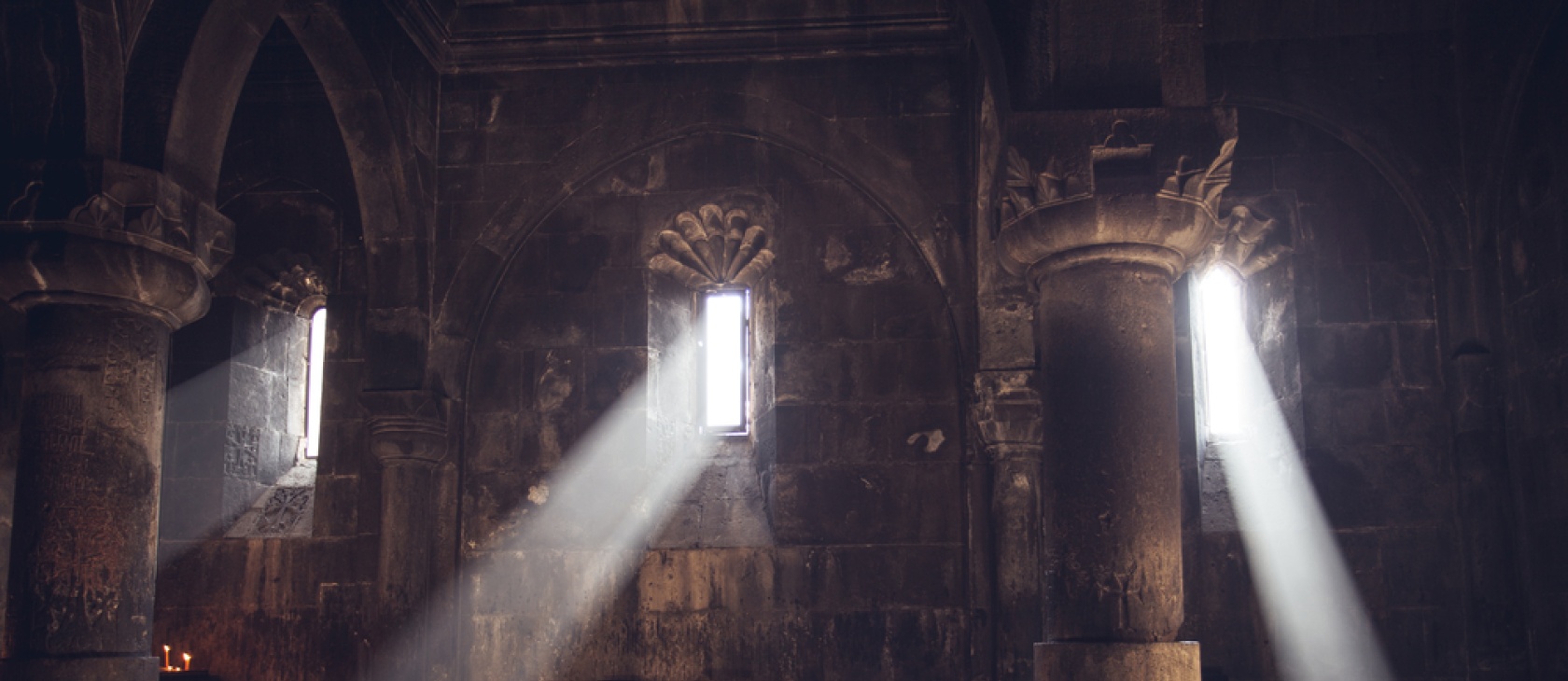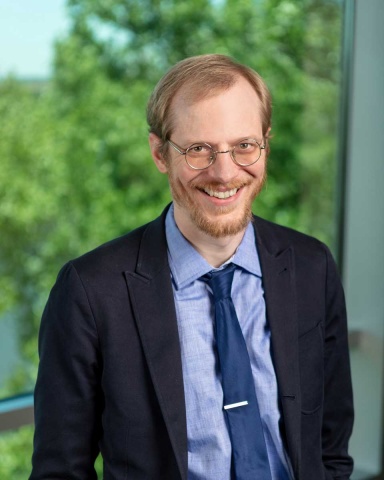In Whatever Happened to Tradition? British journalist Tim Stanley seeks to answer his titular question while simultaneously making an apology for the allegedly elusive “tradition” to which something has “happened.” Spoiler alert: It’s liberalism.
Stanley adds his own Christian Blue Labour brand of indictment against this much-maligned social and political philosophical tradition to the large chorus of voices that say, more or less, exactly the same thing. From Yoram Hazony to Patrick Deneen to Alistair McIntyre to Brad Gregory to Rod Dreher to Sohrab Ahmari—the list goes on—the postliberal religious traditionalist of today has a veritable library to choose from. What gives Whatever Happened to Tradition? any comparative advantage over its competitors in this oversaturated market? Or does it, perhaps, have none, given that part of this recent trend involves downplaying, dismissing, ignoring, or otherwise misunderstanding the importance of economic liberty and comparative advantage in the first place?
Tradition is in bad shape, but journalist Tim Stanley’s critique of liberalism doesn’t help.

By Tim Stanley
(Bloomsbury Continuum, 2021)
To be clear: I write this as a religious traditionalist myself, of sorts. I became Greek Orthodox some years ago and believe that everyone, on balance, would be better off with more incense and icons, the Nicene Creed, and sundry ascetic disciplines. But I know my tradition well enough not to confuse its spiritual treasures with earthly regimes or ideologies. The Church has survived through a diverse array of imperial, national, and tribal societies and economies with varying degrees of amicability and hostility toward it, while still preserving the tradition of “the faith … once for all delivered to the saints” (Jude 3). This is not to say that the gospel of Jesus Christ stands utterly apart from our earthly and social life, but rather the way in which we relate to the world is through its spiritual life and principles, in the sacramental communion of fellow Christians, no matter the political context in which we find ourselves.
For anyone familiar with the many varieties of liberalism (it is not a monolith) and the principles of economic liberty, it quickly becomes clear that Stanley is not. In his defense, he admits, “Defining liberalism could be as tricky as nailing jelly to a wall” (38), yet he is no more successful at such Sisyphean carpentry than others, settling on the general observation that “running through the history of liberalism we find a disposition towards freedom, equality, the individual, the scientific method and that constant emphasis on growth through reason” (38). Put in such nonspecific terms, who would object? Not even Stanley, really, who in his many caveats and waffling affirms, at points, the potential good of each of these aspects of the liberal “disposition” so defined.
Yet, warns Stanley, “Russia’s experience of liberal capitalism was horrible—gangsterism and theft—and it quickly returned to authoritarianism under Vladimir Putin. China embraced capitalism without bothering with democracy” (39). The confusion here comes in presuming minor attempts at liberalization amount to genuine economic liberty. Neither nation has experienced anything that could be generally termed “liberal capitalism,” which, to clearly define it, is any economy characterized by private property, free exchange, the division of labor, and the rule of law. (If Boris Yeltsin’s Russian Federation and Deng Xiaoping’s Communist China are the quintessence of liberalism, then I guess I’m a postliberal, too.) Even so, what liberal improvements have been made in both contexts have been leaps and bounds better than Bolshevism, the “Cultural Revolution,” Holodomor, or the Gulag. The question remains: In what ways would continued improvement in Russia and China not be in a more classically liberal direction—namely, toward the protection of basic human rights, religious liberty, a freer press, free elections, and the reduction of mercantile political privilege in their economies?
Nevertheless, Stanley insists on setting tradition and liberalism in opposition to one another: “If tradition is defined by three qualities—it connects the individual to their society, passes on social knowledge and transcends time and place—liberalism often does the complete opposite” (40). “Liberalism,” to Stanley, not only includes but is undifferentiated from cultural progressivism. At various points he complains about the sexual revolution, transgenderism, wokeness, cancel culture, looting and rioting, and the decline of marriage and religion, but the liberal thread that supposedly ties these together is not as apparent as he thinks. At least some of these are as much the product of cultural Marxism as liberalism. Moreover, the classical liberal tradition of John Locke, the U.S. Founding Fathers, Adam Smith, and Edmund Burke consistently affirms some version of natural law, freedom of speech, the importance of religion and virtue, the family, and so on. If one were myopically to limit liberalism only to them, as Stanley and others myopically limit it to these grievances today, one might come to the opposite conclusion: that our modern malaise amounts to a departure from the liberal tradition. A more measured conclusion—the right one, in my opinion—would be that many have substituted a bad form of liberalism for a good one or none at all. That would require one to discern the difference between schools and trends within liberalism, rather than straw-manning and dismissing the entire tradition, a task at which too many balk today, Stanley included.
Therein lies the problem. Liberalism is a tradition in its own right. It is a broad intellectual tradition, not without problems, but certainly not devoid of merits either. There are schools of thought within liberalism. There are historical, even Christian, antecedents to liberalism, such as Cicero, the Edict of Milan, St. Augustine’s City of God, and Magna Carta. There are Christian liberals alongside secular Enlightenment liberals, just as Stanley is right to point out the real tradition of Christian socialism that he favors, as exemplified by such figures as R.H. Tawney and John Ruskin, which is distinct from revolutionary Marxism. Like many other authors of this recent trend of postliberal religious traditionalists, Stanley’s nontraditional use of “liberalism” simply amounts to whatever-he-doesn’t-like-about-culture-today. I don’t like many of those things, either. Where Whatever Happened to Tradition? comes up wanting is through its paucity of analytical nuance, substituting instead a surfeit of journalistic anecdotes that, though often well written, cumulatively have the effect of padding out the prose of otherwise shallow assertions disguised as serious arguments.
The worst offender in this regard is chapter 6, “Tradition and Identity,” which could more accurately have been titled, “On Circumcision, Featuring a Gratuitous Glut of Anatomical Detail.” Perhaps I’m just a prude, but modesty is a traditional virtue, not only of the modern, Victorian era but the millennia-old Christian and even Jewish tradition (despite the latter’s continued religious use of circumcision). Or maybe I’m just a liberal: I can tolerate such detail for the sake of scientific investigation. But it seems to me that one can modestly talk about the significance of circumcision as a traditional marker of identity for various peoples and religions without a lengthy and explicit instruction manual for how to become a mohel.
In Stanley’s defense, he tries to be fair to opposing views, and perhaps that effort constitutes Whatever Happened to Tradition?’s comparative advantage vis-à-vis its competitors. In chapter 9, “Tradition and Equality”—essentially his chapter on economics—Stanley goes out of his way to acknowledge how the British left too often unfairly demonizes Margaret Thatcher, offering extra context for sometimes misinterpreted statements. But he still spends little time with key proponents, such as, well, any mainstream economist, of the economic liberty he criticizes. He repeats, via Daniel Bell, Max Weber’s thesis that capitalism depends upon values it actively undermines. There may be merit to the claim, but if one wants to argue that point, one should be able to demonstrate this necessarily self-destructive contradiction in the works of major figures like Adam Smith and Alfred Marshall, neither of whom, nor any of their contemporaries, does Stanley bother to quote. He also resorts to annoying clichés such as the straw man of “untrammeled” or “unfettered” free markets, as if all proponents of economic liberty are as radical as Ayn Rand. (They’re not.)
Furthermore, one would expect a proponent of Christian socialism to spend more time among the works of actual Christian socialists and their critics. In addition to Tawney and Ruskin, Stanley cites the Scottish satirist Thomas Carlyle, known for his proto-fascist “great man” theory of history and his deriding of classical political economy as the “dismal science” because of the success of economists like Richard Whately and Robert Malthus (both ordained ministers, incidentally) in fighting for the abolition of slavery in Britain. Are we to believe that a proponent of slavery like Carlyle should be considered a friend of Christian labor? Among Stanley’s own Roman Catholic tradition, he cites only Pope Francis and G. K. Chesterton, the latter of whom preferred distributism—his and Hilaire Belloc’s own ethical economic system—to capitalism or socialism and who, according to George Orwell at least, was troublingly enamored of Mussolini’s Italy. Why not engage actual Roman Catholic socialists like Dorothy Day and Gustavo Gutiérrez? For that matter, why not wrestle with the pronouncements of various popes in favor of organized labor, though opposed to socialism, such as Leo XIII, Pius XI, and John Paul II? There are so many sources to interact with, even limited just to Roman Catholicism. Outside Stanley’s tradition, I would be fascinated to read a sympathetic exploration of figures like Henri de Saint-Simon or Walter Rauschenbusch and the Social Gospel tradition, but no such luck. Of course, one need not read and cite every classical economist, Christian socialist, and Christian critic of socialism in order to talk about historic Christian support for organized labor, but the sources Stanley does cite seem oddly selective. Strung together, they make for an entertaining narrative but fall short of a coherent argument.
That might serve as a fitting summary of the book, in fact: entertaining, but not an argument. Oddly, I think Whatever Happened to Tradition? would be better without a thesis at all. Stanley isn’t wrong that many traditional values and practices have waned from our cultures and even have been attacked by (some) Enlightenment intellectuals. He’s not wrong that there are many today actively seeking to undermine those same values and practices. He’s not wrong that there’s tragedy in the loss of tradition. Simply painting that picture in a vivid and sympathetic way, without any other agenda, might better highlight the value and beauty of tradition, and Stanley certainly has the needed talent in storytelling to do it. Unfortunately, that’s not the book he wrote, and I cannot recommend the one he did.




